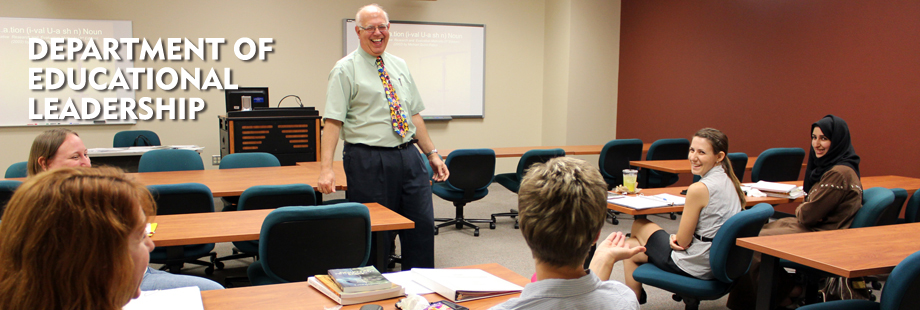Document Type
Article
Publication Date
2018
Publication Source
Journal of Student Affairs
Abstract
As more science, technology, engineering and math (STEM) students consider studying abroad, it is critical for researchers and student affairs educators to know more about how students engage with the study abroad process and make decisions about whether to participate or not. This qualitative study examined the decision-making process in which STEM students engaged regarding study abroad at a STEM liberal arts college. An organizational culture lens was utilized to make meaning of the formal study abroad decision-making process within a deeply entrenched institutional bubble that permeates all college facets and stakeholders. Focus groups engaged both participants who studied abroad and those who ultimately chose not to, yielding five overarching themes: decision-making process, motivations to study abroad, college bubble, rigor, and academic issues. This study provides critical insight into understanding STEM study abroad decision-making in a unique institutional culture. Moreover, it offers student affairs educators meaningful knowledge to help support STEM students navigating the study abroad process and sheds light on the ways in which deeply entrenched institutional cultures can impact decision-making processes.
Document Version
Published Version
Copyright
Copyright © 2019, Colorado State University
Publisher
Colorado State University Division of Student Affairs
Volume
27
Peer Reviewed
yes
eCommons Citation
Witenstein, Matthew A. and Hastings, Janel Henriksen, "To Study Abroad or Not to Study Abroad: That Is the STEM Question" (2018). Educational Leadership Faculty Publications. 250.
https://ecommons.udayton.edu/eda_fac_pub/250
Included in
Educational Assessment, Evaluation, and Research Commons, Educational Leadership Commons, Higher Education Administration Commons




Comments
Document is made available for download with the permission of the publisher. Permission documentation is on file.
The publication archive is available on the journal website.
This article appears online as well.